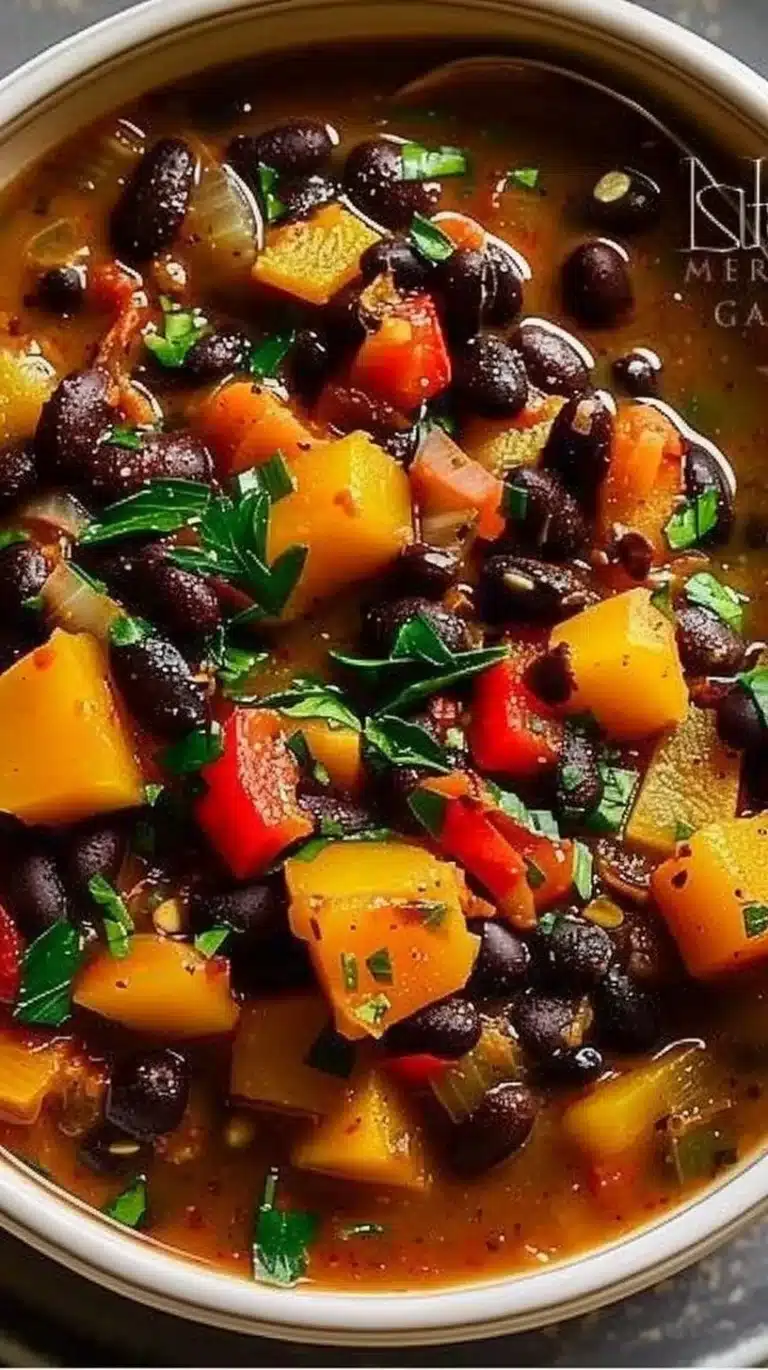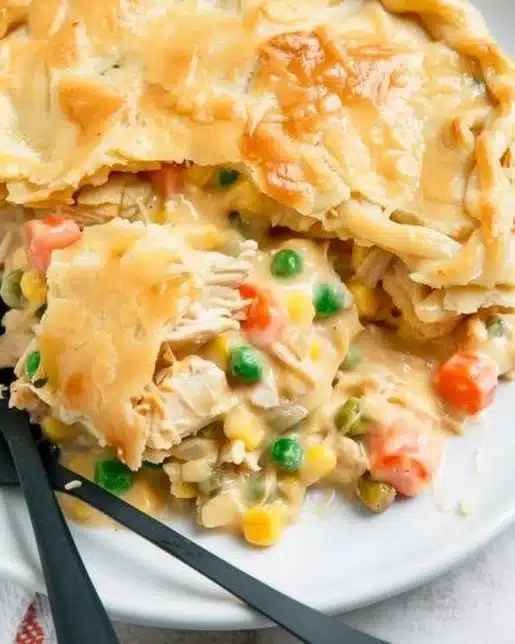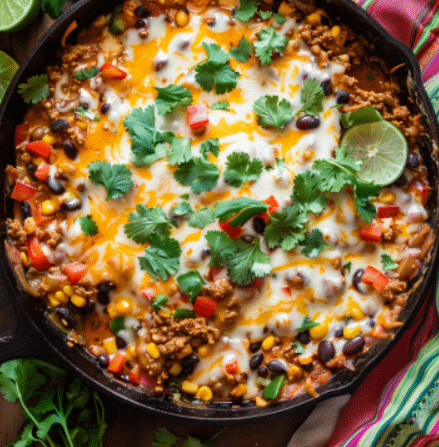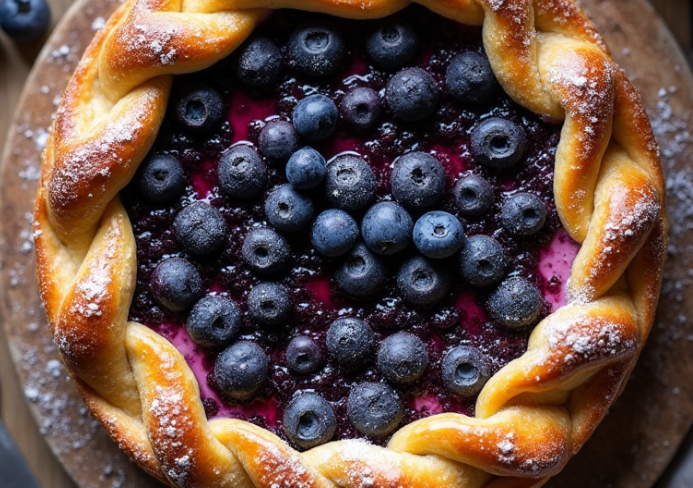Easy Yellow Squash Casserole
Yellow squash casserole is a beloved Southern comfort food that brings warmth, nostalgia, and a touch of home to any table. With its creamy texture, golden topping, and mild, buttery flavor, it’s the perfect side dish for everything from weeknight dinners to holiday feasts. Best of all, it’s easy to make, budget-friendly, and customizable with ingredients you likely already have in your kitchen.
Table of Contents
In this guide, you’ll learn how to make the perfect yellow squash casserole from scratch, plus helpful tips, variations, and storage techniques to make this dish shine. Let’s dig into this Southern staple and see why it continues to be a crowd favorite.
Did you know that yellow squash is not only tasty but also packed with vitamins and minerals? According to the USDA’s nutritional database, this summer vegetable is low in calories and rich in vitamin C, making it a healthy addition to your dinner table.
Additionally, if you plan to store your casserole or prep it ahead of time, it’s important to follow safe food storage guidelines to keep everything fresh and delicious. This dish holds up well in both the refrigerator and freezer with proper handling.
What Is Yellow Squash Casserole?
Yellow squash casserole is a classic dish that highlights summer squash, particularly crookneck yellow squash, by baking it in a creamy mixture with cheese, seasonings, and a crunchy breadcrumb or cracker topping. It’s often served at potlucks, Sunday suppers, and holiday meals.
This dish is typically:
- Creamy and cheesy
- Slightly sweet from the squash
- Rich and buttery
- Finished with a golden topping
Its Southern roots make it a cultural staple across generations, especially during squash season in the summer months.
Ingredients Overview
To make a traditional yellow squash casserole, you’ll need the following core ingredients:
- Fresh yellow squash (about 4 cups, sliced)
- Onion (finely chopped)
- Eggs (2 large)
- Milk or cream (for richness)
- Shredded cheddar cheese (or a mix with parmesan)
- Mayonnaise or sour cream (optional for creaminess)
- Salt, black pepper, garlic powder
- Crushed Ritz crackers or breadcrumbs (for topping)
- Butter (for sautéing and the topping)
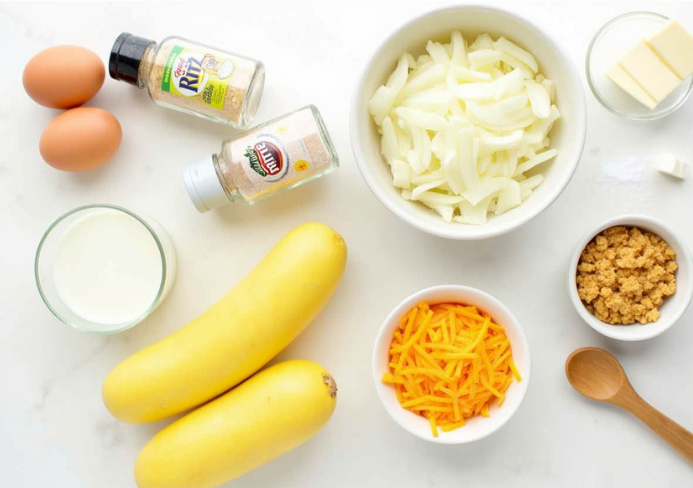
Substitutions:
- Use Greek yogurt for a lighter dairy base.
- Gluten-free breadcrumbs or crushed pork rinds work well for low-carb versions.
- Vegan cheese and flax eggs for a plant-based option.
Step-by-Step Instructions
Follow these simple steps to make a perfect yellow squash casserole:
1. Prep the Squash
- Wash and thinly slice the squash.
- Lightly salt and place in a colander to drain for 20–30 minutes. This reduces excess moisture.
2. Cook the Vegetables
- In a skillet, sauté chopped onion in butter until translucent.
- Add squash and cook until tender but not mushy, about 5–7 minutes.
3. Mix the Casserole Base
In a large bowl, whisk together:
- Eggs
- Milk or cream
- Sour cream or mayo (if using)
- Cheese
- Seasonings (salt, pepper, garlic powder)
Stir in the cooked squash and onions until well combined.
4. Assemble and Bake
- Pour the mixture into a greased casserole dish.
- Top with crushed crackers or breadcrumbs mixed with melted butter.
- Bake at 350°F (175°C) for 30–35 minutes until bubbly and golden brown.
Pro Tips for Best Results
- Drain your squash well—moisture is the enemy of a crispy topping.
- Use freshly shredded cheese for better melt and flavor.
- Let the casserole rest 5–10 minutes before serving for easier slicing.
- Bake uncovered to ensure a crispy topping.
Nutritional Breakdown
Here’s a general nutritional snapshot per serving (based on 8 servings):
- Calories: 230–280
- Fat: 18g
- Carbs: 12–15g
- Protein: 8–10g
For a lighter version:
- Skip the mayo or use low-fat alternatives.
- Use reduced-fat cheese.
- Add in steamed cauliflower for more fiber and fewer carbs.
Variations on Yellow Squash Casserole
Want to switch things up? Try these creative ideas:
- Add protein: Mix in chopped bacon, cooked chicken, or sausage.
- Go spicy: Add jalapeños or crushed red pepper flakes.
- Make it vegan: Use cashew cream and nutritional yeast instead of dairy.
- Gluten-free version: Swap in gluten-free breadcrumbs or almond flour.
How to Store & Reheat
This dish keeps beautifully and can be made ahead.
To store:
- Refrigerate: In an airtight container up to 3–4 days.
- Freeze: Wrap tightly and store up to 2 months.
To reheat:
- Oven: Cover with foil and warm at 300°F for 15–20 minutes.
- Microwave: Use medium power and cover loosely to retain moisture.
Serving Suggestions
Serve yellow squash casserole with:
- Grilled or baked chicken
- BBQ ribs or pulled pork
- Roasted turkey
- Fresh green salad or steamed green beans
It’s also a perfect addition to:
- Thanksgiving or Easter spreads
- Potlucks or church dinners
- Picnic-style meals with other vegetable dishes
Common Mistakes to Avoid
Avoid these pitfalls to make sure your casserole turns out perfect:
- Skipping the draining step — leads to soggy texture
- Overcooking squash — makes it mushy and bland
- Too much liquid in the base — creates excess moisture
- Undercooked toppings — always bake until golden and crisp
FAQs
Do you peel yellow squash before cooking?
No, yellow squash has tender skin that becomes soft during cooking. Peeling is not necessary.
Can you make yellow squash casserole ahead of time?
Yes! Assemble it up to a day ahead and bake right before serving. Or bake it, refrigerate, and reheat when needed.
Why is my casserole watery?
Usually from not draining squash or adding too much liquid. Salt and drain the squash first, and don’t overdo the milk or sour cream.
What’s the difference between zucchini and yellow squash in casseroles?
Both are mild and soft, but yellow squash is slightly sweeter and softer when cooked. Zucchini works too if that’s what you have.
Can you freeze squash casserole after baking?
Yes, let it cool completely, wrap tightly, and freeze up to 2 months. Reheat covered in the oven for best results.
Final Thoughts
There’s something undeniably cozy about a homemade yellow squash casserole. It’s warm, savory, and simple—but filled with flavor and tradition. Whether you’re new to Southern cooking or rediscovering an old favorite, this dish is sure to impress your family and guests.
Try it out with your own twists, and don’t be surprised when it becomes a regular request around the dinner table.
PrintEasy Yellow Squash Casserole
- Total Time: 1 hour 5 minutes
- Yield: 6 servings 1x
- Diet: Vegetarian
Description
This cheesy yellow squash casserole is a comforting side dish made with fresh squash, sautéed onions, creamy filling, and a buttery cracker topping. Perfect for family dinners or potlucks.
Ingredients
- 4 cups fresh yellow squash, thinly sliced
- 1 medium onion, finely chopped
- 2 large eggs
- ½ cup milk or cream
- 1½ cups shredded cheddar cheese (or mix with parmesan)
- ¼ cup mayonnaise or sour cream (optional for creaminess)
- 1 teaspoon salt
- ½ teaspoon black pepper
- ½ teaspoon garlic powder
- 1 cup crushed Ritz crackers or breadcrumbs
- 2 tablespoons butter (for sautéing and topping)
Instructions
- Prep the Squash: Lightly salt the sliced squash and place in a colander to drain for 20–30 minutes to remove excess moisture.
- Cook Vegetables: In a skillet, sauté onion in butter until translucent. Add squash and cook until just tender, about 5–7 minutes.
- Make Filling: In a bowl, whisk eggs, milk, mayo or sour cream (if using), cheese, and seasonings. Add sautéed vegetables and mix well.
- Assemble and Bake: Pour mixture into a greased baking dish. Mix cracker crumbs with melted butter and spread over the top. Bake at 350°F (175°C) for 30–35 minutes until golden brown and bubbly.
Notes
For added flavor, sprinkle a bit of paprika or extra cheese on top before baking. This casserole pairs well with grilled meats or can be served as a vegetarian main.
- Prep Time: 30 minutes
- Cook Time: 35 minutes
- Category: Side Dish
- Method: Baking
- Cuisine: American
Nutrition
- Serving Size: 1 portion
- Calories: 320
- Sugar: 4g
- Sodium: 580mg
- Fat: 22g
- Saturated Fat: 10g
- Unsaturated Fat: 9g
- Trans Fat: 0g
- Carbohydrates: 18g
- Fiber: 2g
- Protein: 11g
- Cholesterol: 95mg
Keywords: squash casserole, yellow squash recipe, cheesy squash bake, southern side dish

